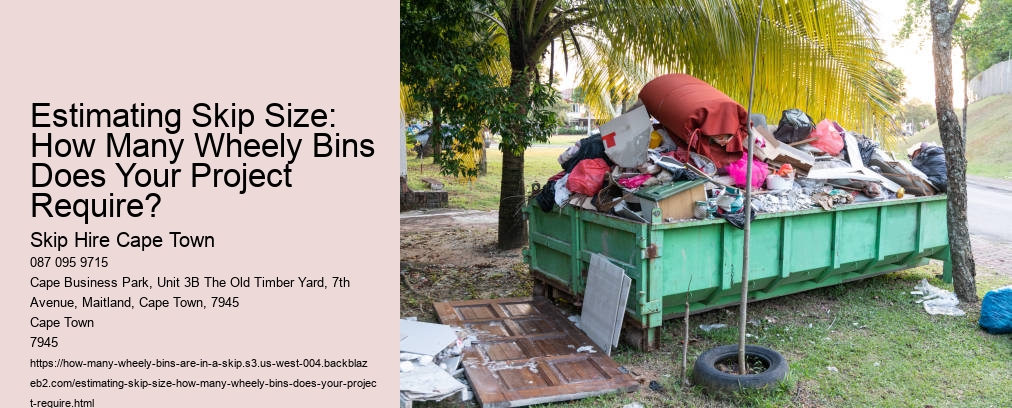Estimating skip size can be a daunting task! When determining the number of wheely bins required, there are several factors to consider. Firstly, (it's important) to take into account the type and amount of waste being disposed of. If it is mostly heavy materials such as concrete or bricks, a larger capacity will be needed. Conversely, if it is more lightweight items like cardboard and plastics, then smaller containers may suffice.
Secondly, (you should consider) the length of time you need the skips for - the longer period will require more bins in order to accommodate all of the waste generated over that same time frame. Finally, ensure adequate space around each bin for safety and easy access when loading and unloading.
In conclusion, by taking these factors into account when estimating skip size you can avoid any nasty surprises down the line! (It's essential) to get it right from the outset so you can confidently plan your project with peace-of-mind knowing you have sufficient wheely bins in place. Nevertheless, make sure to check with local authorities on regulations and permits before proceeding!
Waste Volume Comparison: Assessing Wheely Bins in Relation to Skip Capacity
